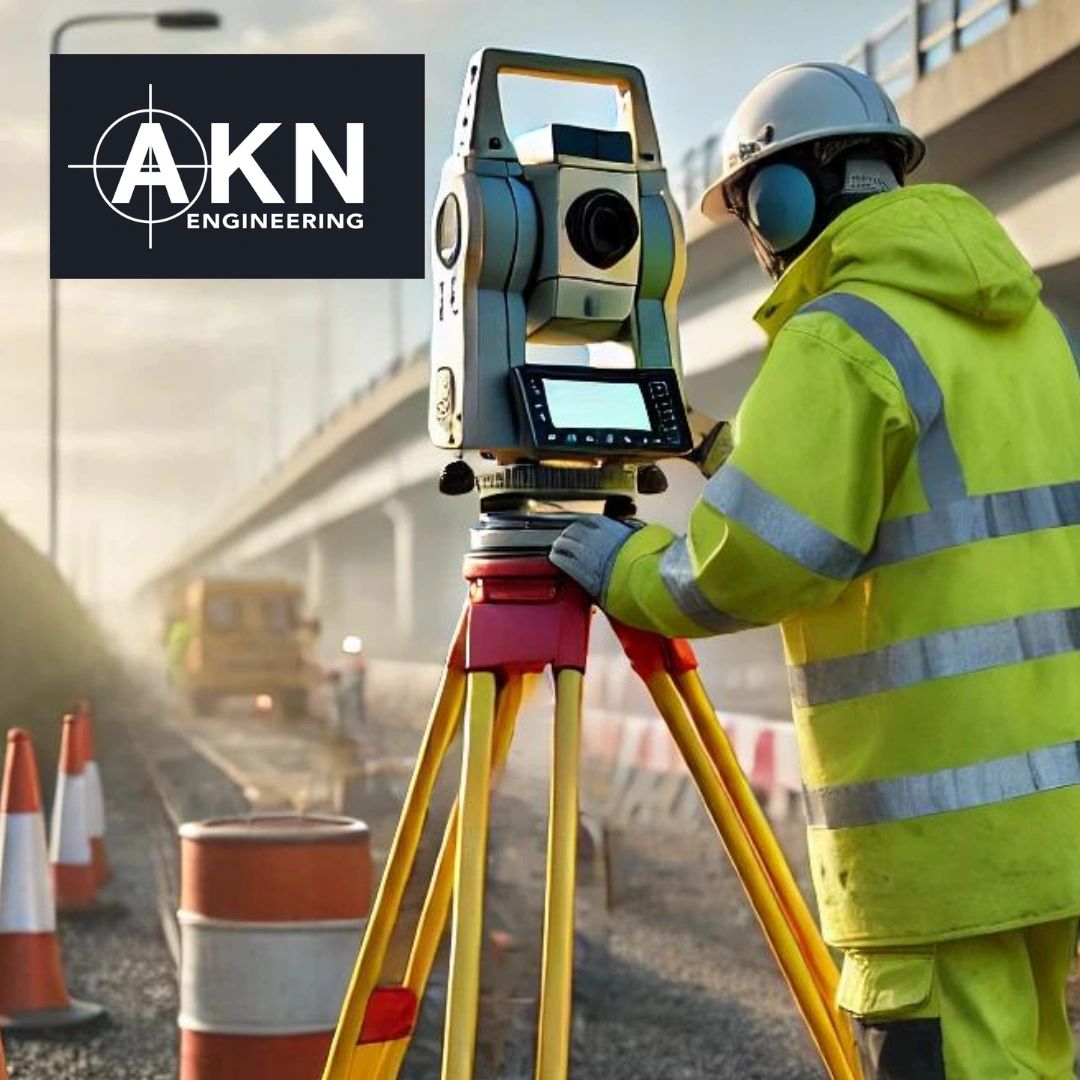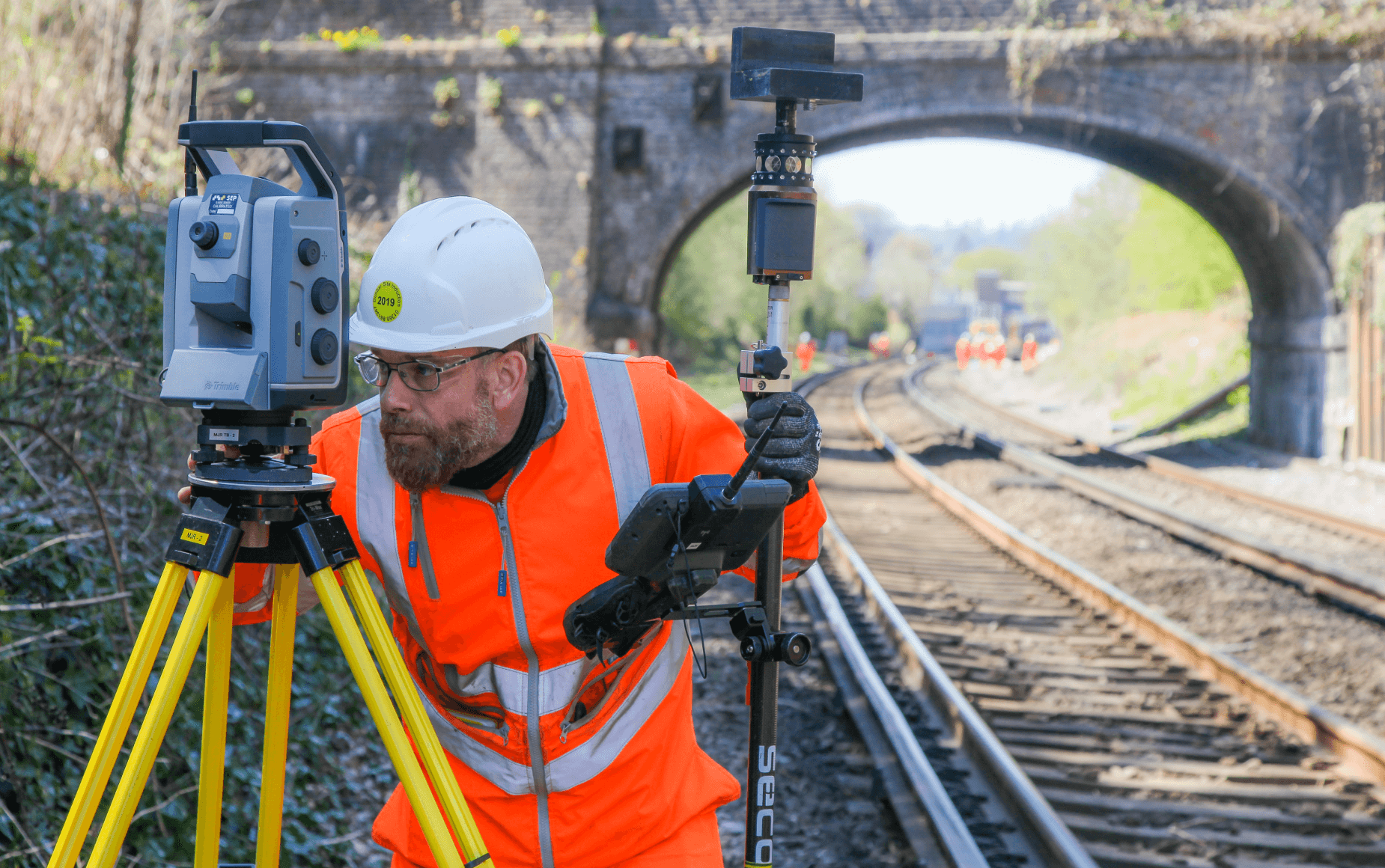Essential Tools and Strategies in Laying Out Engineering
The self-control of setting out engineering counts heavily on a collection of necessary devices and methods that underpin the precision and effectiveness of task implementation. What effects does this hold for future design techniques?
The Significance of Accurate Dimensions

The significance of exact dimensions extends past simple conformity; they are integral to the overall efficiency of design procedures. Mistakes can lead to worldly waste, project delays, and enhanced labor prices, inevitably affecting the task's lower line. Accurate measurements enhance the top quality of the last item, making certain that it executes as planned and fulfills the assumptions of stakeholders.
Moreover, the value of precise measurements is evident in numerous design self-controls, including civil, mechanical, and electrical engineering. Thus, cultivating a culture that focuses on precision is necessary for the future of engineering.
Important Tools for Laying Out
Laying out, an essential phase in the design and building process, counts heavily on details devices that make sure accurate place and alignment of frameworks. Among these tools, the property surveyor's level attracts attention, providing precise straight dimensions crucial for developing reference factors. This instrument allows designers to identify altitude adjustments and maintain uniformity throughout the project website.
The total amount terminal is an additional vital tool, incorporating electronic distance measurement with angular dimension capacities. This technology improves performance and accuracy in catching spatial information, permitting efficient website format and planning.
In addition, using gauging tapes and marking devices, such as chalk lines or stakes, is essential for temporarily noting boundaries and crucial factors on the site. These standard devices, though basic, are essential for making certain clear interaction among the building and construction team regarding project specs.
Finally, general practitioner innovation has actually obtained grip in setting out processes, offering real-time positioning data and substantially boosting accuracy over conventional techniques. Jointly, these vital devices form the backbone of reliable establishing out techniques, ultimately adding to the successful implementation of engineering and building and construction tasks.
Advanced Surveying Strategies
Advanced surveying methods play a pivotal function in boosting the precision and effectiveness of design projects. These methods encompass a series of methods that offer accurate information for style and building. Conventional methods, such as progressing and triangulation, have actually developed right into a lot more advanced approaches, consisting of Overall Station studies and International Navigation Satellite Systems (GNSS)
Overall Station devices incorporate digital theodolites with distance measurement capacities, permitting land surveyors to gather accurate location information with fantastic rate. This modern technology significantly reduces mistakes related to manual dimensions and supplies real-time data handling. In addition, GNSS supplies unequaled precision for large-scale jobs by utilizing satellite signals to figure out exact positioning, which is necessary for guaranteeing and straightening structures compliance with layout specifications.
In enhancement to these tools, progressed methods additionally incorporate geospatial evaluation and 3D modeling. These methods allow designers to envision surface and website conditions better, promoting better decision-making during the planning phase. By utilizing these sophisticated checking methods, design tasks can attain better accuracy in format, lower rework, and inevitably boost total task success.
Digital Modern Technology in Engineering
The integration of digital technology has revolutionized engineering practices, boosting both performance and precision throughout various techniques. Tools such as Building Information Modeling (BIM) help with the visualization and management of complex projects, permitting designers to team up flawlessly and make educated choices. This modern technology allows the development of comprehensive 3D models, which can be analyzed for architectural stability and efficiency before building and construction starts.

The application of expert system and machine learning in design processes further boosts predictive maintenance and optimization of sources. These innovations enable the analysis of substantial data sets, bring about far better forecasting and improved task outcomes. On the whole, digital technology is improving the engineering landscape, driving innovation, and making certain that jobs are finished with higher efficiency and minimized risk. As the sector remains to advance, embracing these devices will be crucial for future success.
Ideal Practices for Implementation
When carrying out electronic technology in engineering, it is critical to establish a tactical strategy that aligns with job objectives and organizational abilities. A thorough assessment of existing workflows and innovation framework is necessary to determine voids and possibilities for improvement. Engaging stakeholders early while doing so cultivates cooperation and guarantees that the innovation satisfies customer demands.

Job supervisors should embrace a repetitive execution technique, allowing for modifications based on real-time responses and performance evaluations. This dexterous technique not just minimizes threats yet additionally promotes continuous improvement by incorporating lessons learned.
Conclusion
To conclude, the combination of essential tools and progressed techniques in laying out engineering is vital for making certain accuracy in dimensions and effective project implementation. Employing tools such as property surveyor's degrees, overall terminals, and GPS innovation, alongside modern-day surveying approaches, enhances precision and decreases the chance of mistakes. Adopting finest methods in implementation even more maximizes these processes, eventually promoting boosted project results in the design Read Full Report and construction industries.
The technique of setting out design relies heavily on a suite of crucial tools and strategies that underpin the precision and effectiveness of task execution.In addition, the relevance of precise measurements is noticeable in different engineering self-controls, including civil, mechanical, and electric engineering. By employing these innovative checking strategies, design projects can attain higher precision in format, minimize rework, and eventually enhance general project success.
In general, digital modern technology is reshaping the engineering landscape, driving innovation, and ensuring that jobs are completed with better effectiveness and reduced danger (setting out engineering).In conclusion, the combination of important devices and advanced strategies in setting out engineering is essential for guaranteeing accuracy in measurements and More about the author successful job execution